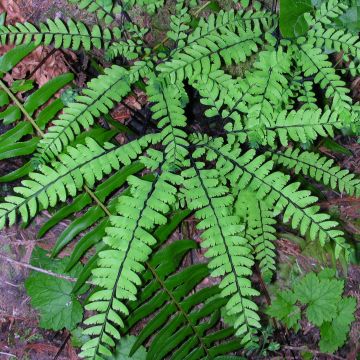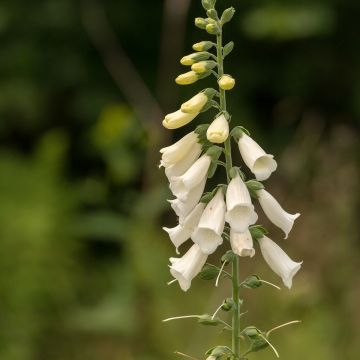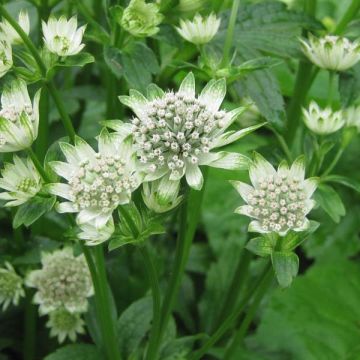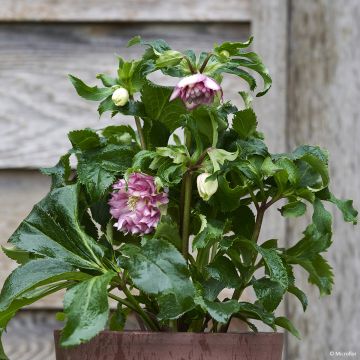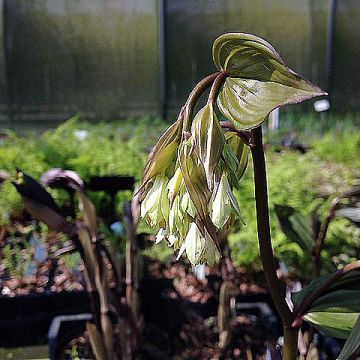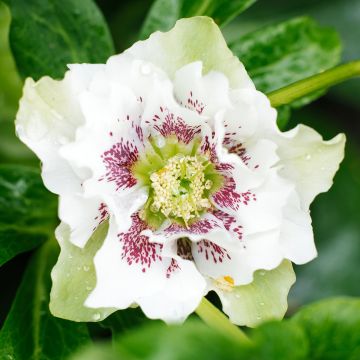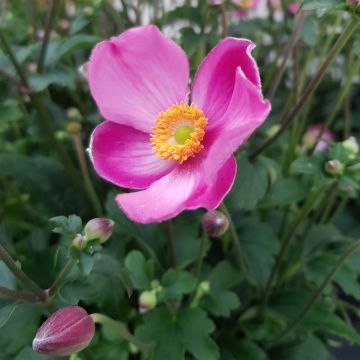

Adiantum venustum
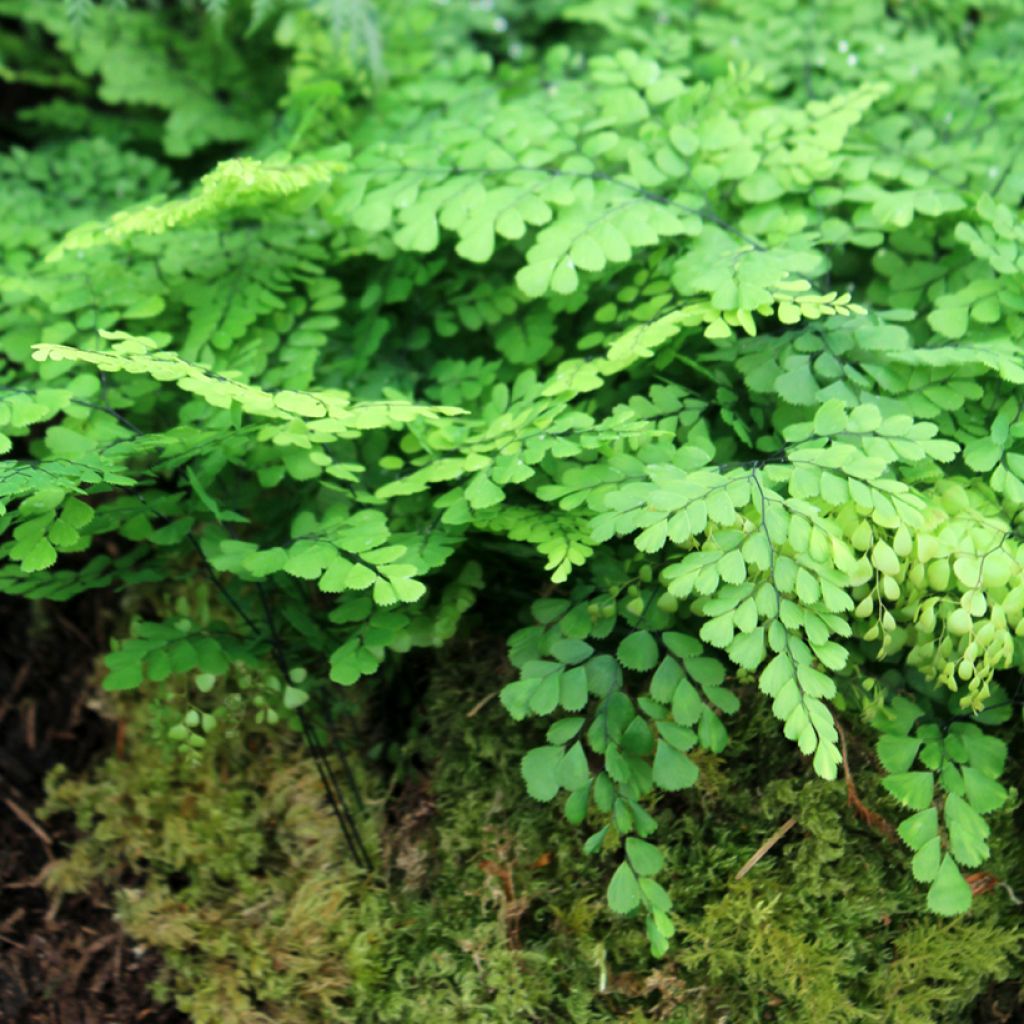

Adiantum venustum
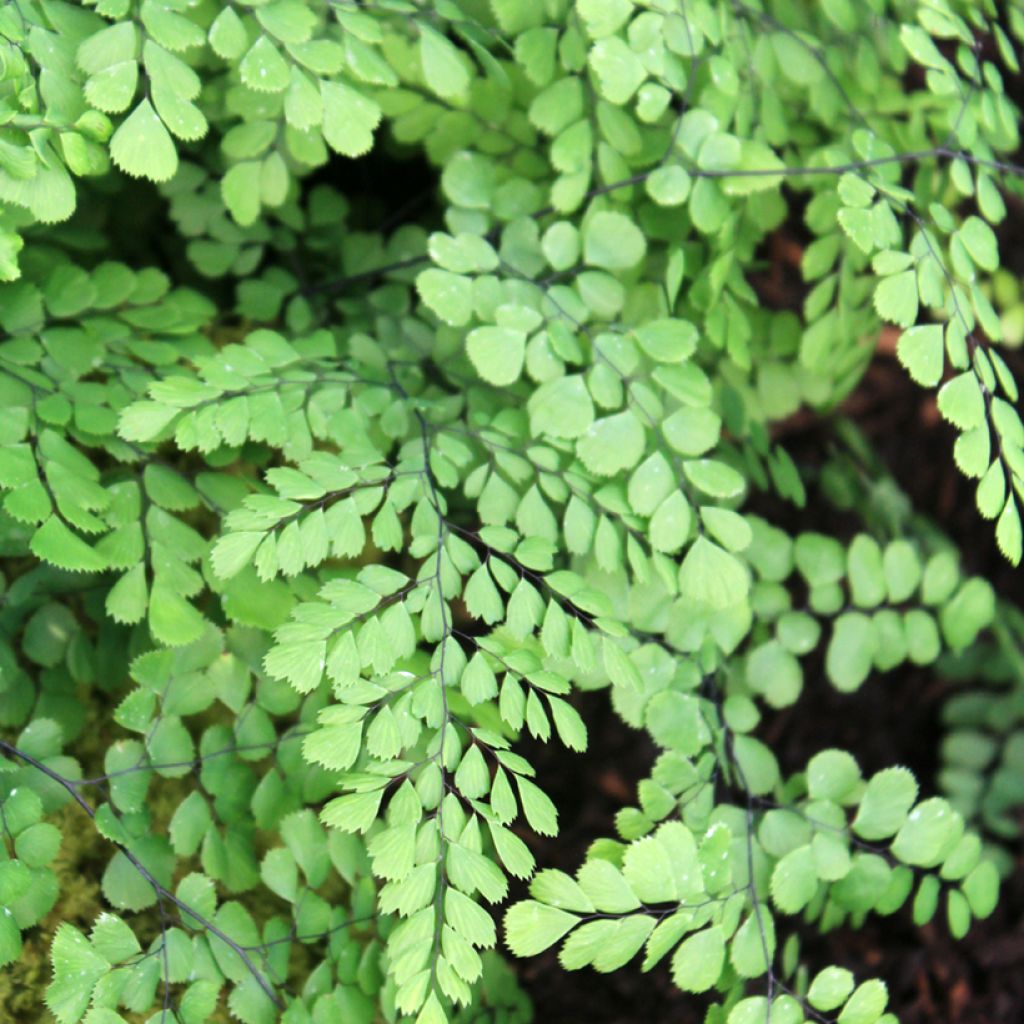

Adiantum venustum


Adiantum venustum
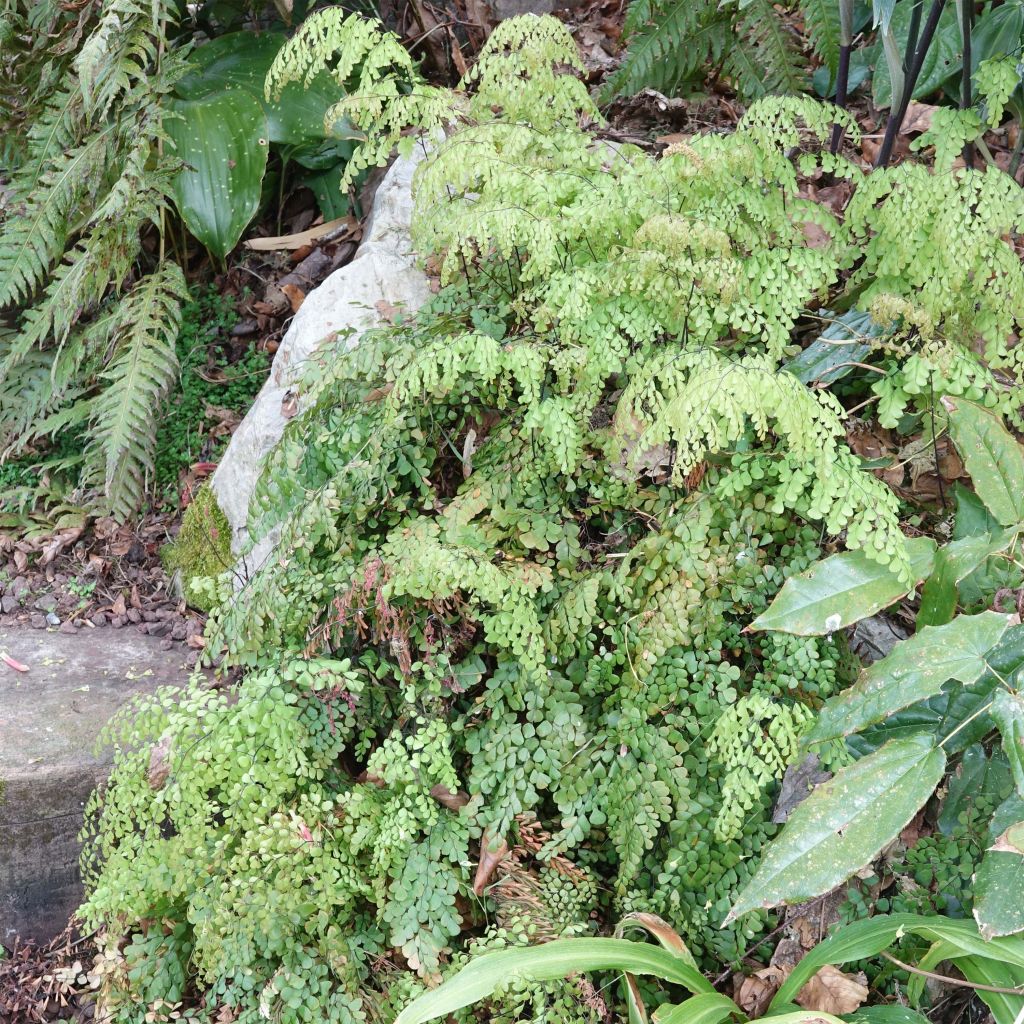

Adiantum venustum
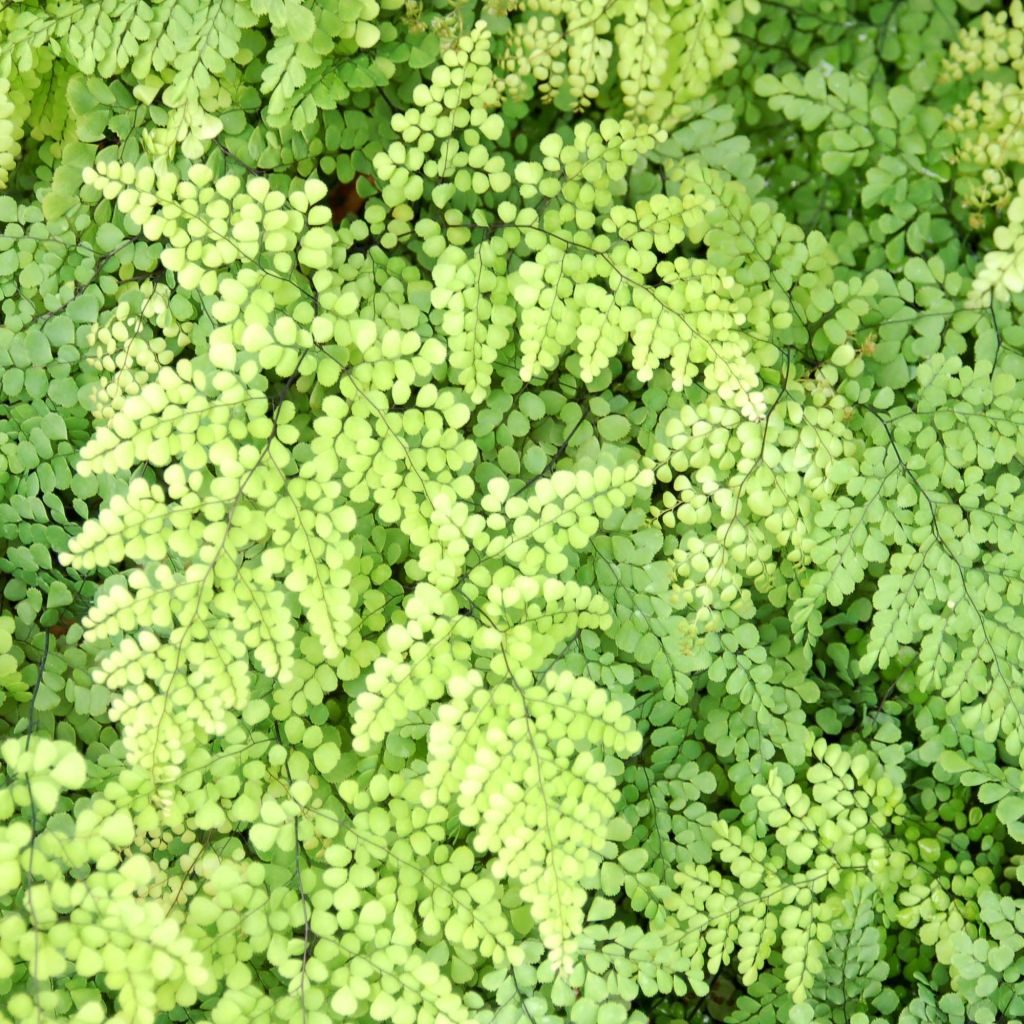

Adiantum venustum
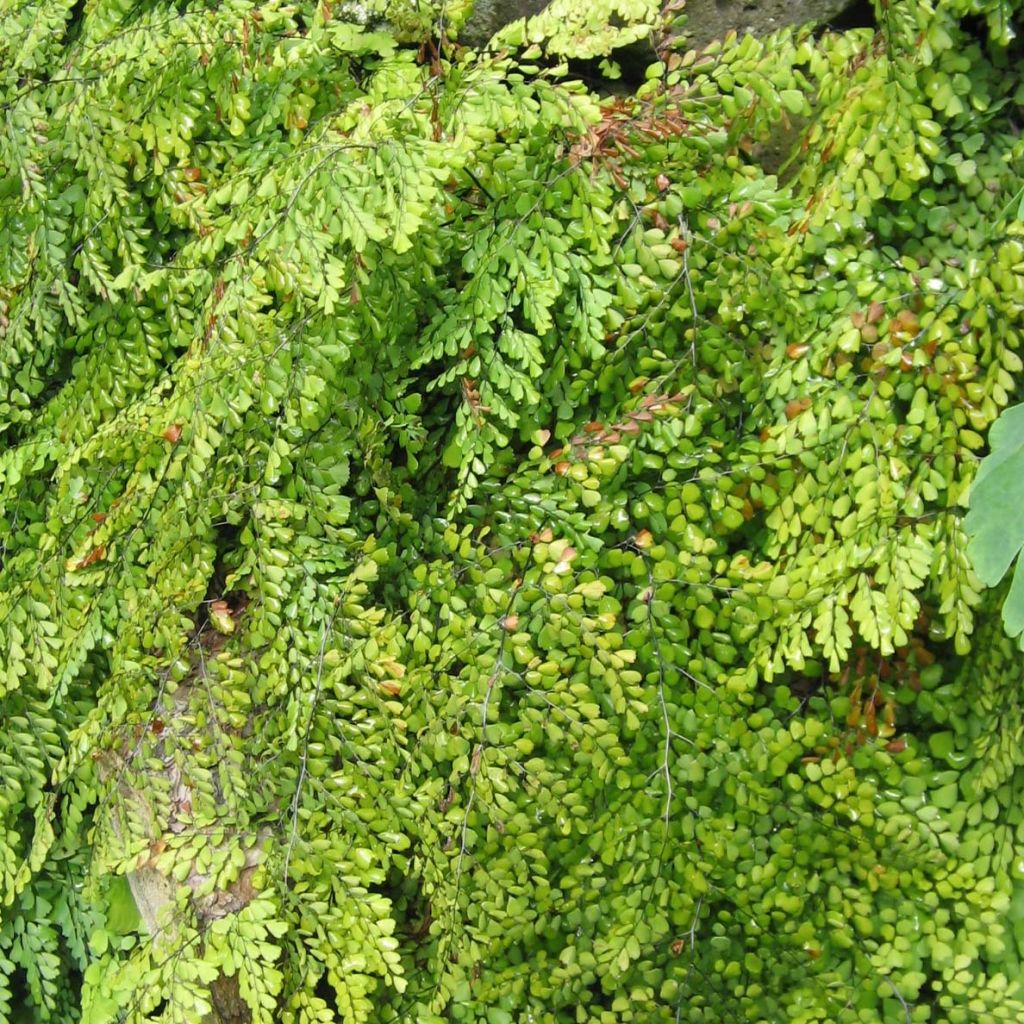

Adiantum venustum
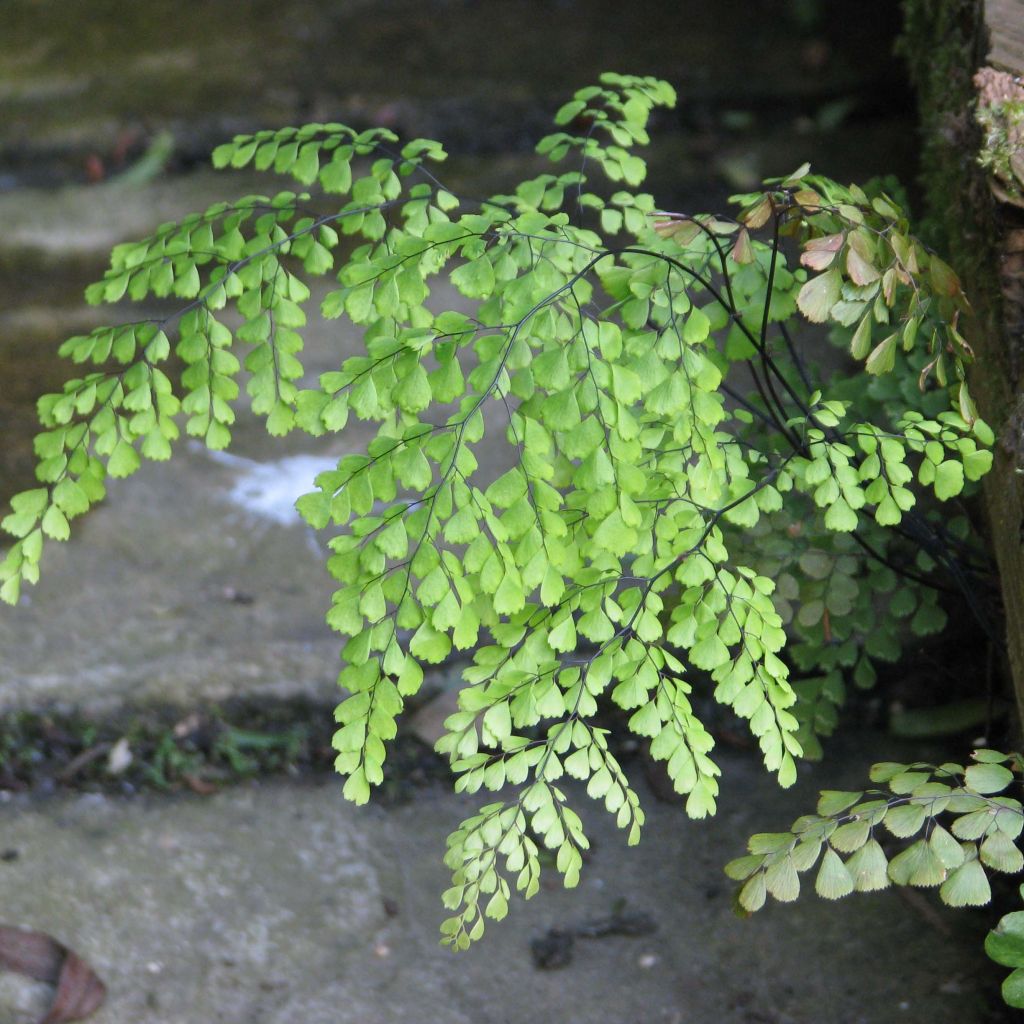

Adiantum venustum
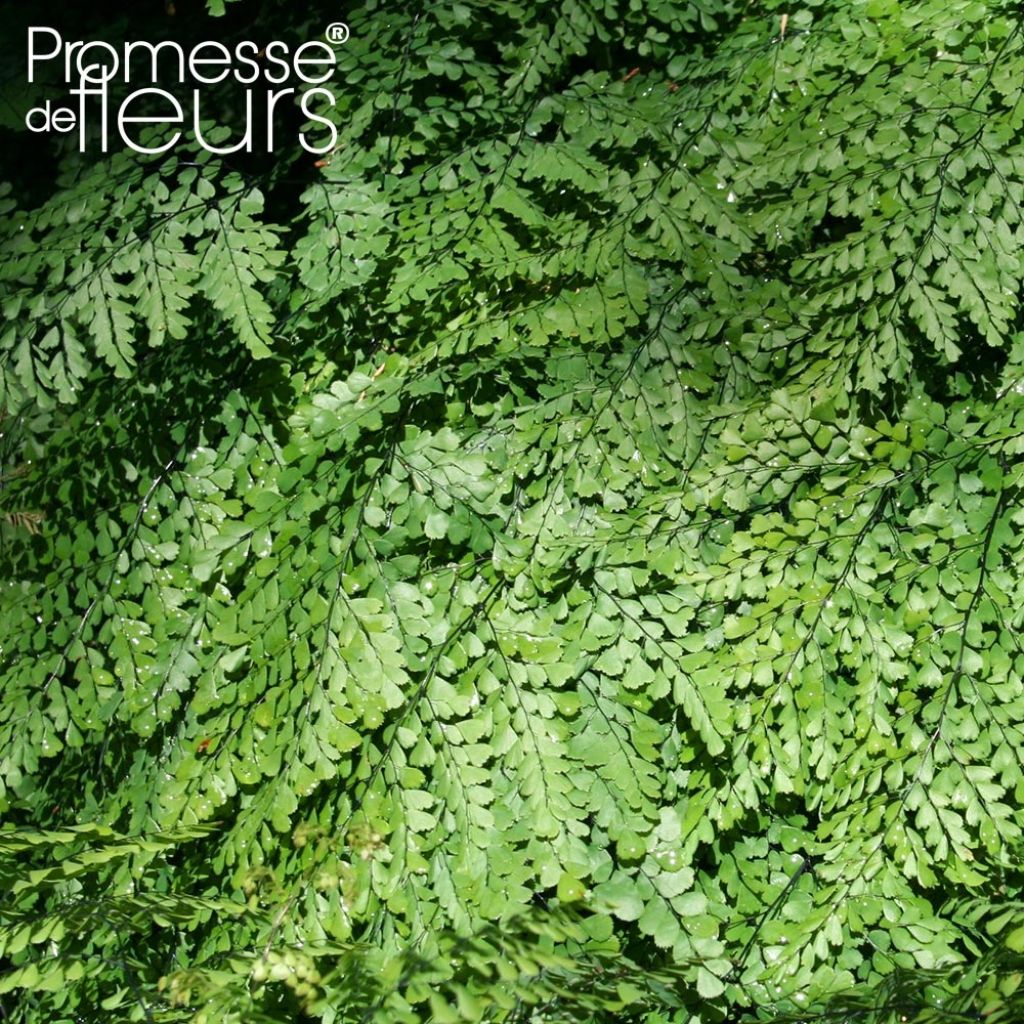

Adiantum venustum
Adiantum venustum
Adiantum venustum
Evergreen maidenhair, Himalayan maidenhair
Good evening! I've had this young plant for a few weeks now, but so far it's not showing any signs of life. It never lacks water, but there are no shoots in sight at the moment. It might be too early, I don't know. We'll see in the future.
Françoise Marie, 18/04/2021
Special offer!
Receive a €20 voucher for any order over €90 (excluding delivery costs, credit notes, and plastic-free options)!
1- Add your favorite plants to your cart.
2- Once you have reached €90, confirm your order (you can even choose the delivery date!).
3- As soon as your order is shipped, you will receive an email containing your voucher code, valid for 3 months (90 days).
Your voucher is unique and can only be used once, for any order with a minimum value of €20, excluding delivery costs.
Can be combined with other current offers, non-divisible and non-refundable.
Why not try an alternative variety in stock?
View all →This plant carries a 12 months recovery warranty
More information
We guarantee the quality of our plants for a full growing cycle, and will replace at our expense any plant that fails to recover under normal climatic and planting conditions.
Would this plant suit my garden?
Set up your Plantfit profile →
Description
Adiantum venustum carries its name of elegant capillary perfectly. This graceful Chinese capillary forms delicate foliage on moist and shaded rocks in the Himalayas. It is a hardy, deciduous fern that is easy to acclimatise in our gardens if the conditions are met. Its young fronds are tinged with pink and then take on a vibrant and clear green colour, with intense freshness. Finely cut along black stems, assembled in a large languid bouquet, they bring a great deal of grace to this plant that eventually forms an exceptional ground cover in shade or partial shade.
This fern is from the Pteridaceae family. It is sometimes called graceful capillary or Venus hair. It is resistant to cold and tolerant to limestone, but it needs constant humidity to thrive. It is native to the temperate zones of China and the Himalayas, and is found in Kashmir, Afghanistan, Nepal, and northern India. It is a trailing perennial fern with rhizomes, forming a tuft with a spreading habit, reaching about 30cm (12in) in height and 40cm (16in) in spread. Its growth is quite fast, after the first two years. Its wide, pyramid-shaped fronds consist of many hanging triangular leaflets, which are fringed at the edges. They are arranged in regular rows along black petioles radiating along the main stem. Their colour is a bright and clear green, darkening slightly in summer, with a bluish-green underside. The reddish croziers unfurl in spring, blooming into young fronds often tinged with light orange-pink. The foliage is semi-evergreen to deciduous, depending on the climate. When it thrives, this fern eventually forms beautiful colonies.
The capillaries are extremely elegant ferns with great ornamental value. Adiantum venustum thrives only in cool or mountainous climates, in a humid and shaded location. It can be planted in a large shady rockery, placed in a pocket of compost that is watered daily in summer if it doesn't rain. This fern will thrive best near a waterfall in a water garden, even if the latter is made of limestone. In this setting, it will pair well with Corsican mint, Mentha requieni, Helxine soleirolii, Hakonechloa, or Alchemilla mollis.
Report an error about the product description
Adiantum venustum in pictures




Foliage
Plant habit
Botanical data
Adiantum
venustum
Pteridaceae
Evergreen maidenhair, Himalayan maidenhair
Himalayas
Planting and care
The capillaries thrive in shady, windless areas, with cool to moist, but porous and well-drained soil, rich in leaf compost. They will tolerate limestone well, if they have a superficial layer enriched with compost. Despite their fragile appearance, these beautiful ferns are very hardy (down to -30°C (-22°F) for some North American species). However, in cold regions without snow, a thick blanket of dead leaves placed on the stump in winter is beneficial to them. Remove dried fronds at the end of winter.
Planting period
Intended location
Care
-
, onOrder confirmed
Reply from on Promesse de fleurs
Similar products
Haven't found what you were looking for?
Hardiness is the lowest winter temperature a plant can endure without suffering serious damage or even dying. However, hardiness is affected by location (a sheltered area, such as a patio), protection (winter cover) and soil type (hardiness is improved by well-drained soil).

Photo Sharing Terms & Conditions
In order to encourage gardeners to interact and share their experiences, Promesse de fleurs offers various media enabling content to be uploaded onto its Site - in particular via the ‘Photo sharing’ module.
The User agrees to refrain from:
- Posting any content that is illegal, prejudicial, insulting, racist, inciteful to hatred, revisionist, contrary to public decency, that infringes on privacy or on the privacy rights of third parties, in particular the publicity rights of persons and goods, intellectual property rights, or the right to privacy.
- Submitting content on behalf of a third party;
- Impersonate the identity of a third party and/or publish any personal information about a third party;
In general, the User undertakes to refrain from any unethical behaviour.
All Content (in particular text, comments, files, images, photos, videos, creative works, etc.), which may be subject to property or intellectual property rights, image or other private rights, shall remain the property of the User, subject to the limited rights granted by the terms of the licence granted by Promesse de fleurs as stated below. Users are at liberty to publish or not to publish such Content on the Site, notably via the ‘Photo Sharing’ facility, and accept that this Content shall be made public and freely accessible, notably on the Internet.
Users further acknowledge, undertake to have ,and guarantee that they hold all necessary rights and permissions to publish such material on the Site, in particular with regard to the legislation in force pertaining to any privacy, property, intellectual property, image, or contractual rights, or rights of any other nature. By publishing such Content on the Site, Users acknowledge accepting full liability as publishers of the Content within the meaning of the law, and grant Promesse de fleurs, free of charge, an inclusive, worldwide licence for the said Content for the entire duration of its publication, including all reproduction, representation, up/downloading, displaying, performing, transmission, and storage rights.
Users also grant permission for their name to be linked to the Content and accept that this link may not always be made available.
By engaging in posting material, Users consent to their Content becoming automatically accessible on the Internet, in particular on other sites and/or blogs and/or web pages of the Promesse de fleurs site, including in particular social pages and the Promesse de fleurs catalogue.
Users may secure the removal of entrusted content free of charge by issuing a simple request via our contact form.
The flowering period indicated on our website applies to countries and regions located in USDA zone 8 (France, the United Kingdom, Ireland, the Netherlands, etc.)
It will vary according to where you live:
- In zones 9 to 10 (Italy, Spain, Greece, etc.), flowering will occur about 2 to 4 weeks earlier.
- In zones 6 to 7 (Germany, Poland, Slovenia, and lower mountainous regions), flowering will be delayed by 2 to 3 weeks.
- In zone 5 (Central Europe, Scandinavia), blooming will be delayed by 3 to 5 weeks.
In temperate climates, pruning of spring-flowering shrubs (forsythia, spireas, etc.) should be done just after flowering.
Pruning of summer-flowering shrubs (Indian Lilac, Perovskia, etc.) can be done in winter or spring.
In cold regions as well as with frost-sensitive plants, avoid pruning too early when severe frosts may still occur.
The planting period indicated on our website applies to countries and regions located in USDA zone 8 (France, United Kingdom, Ireland, Netherlands).
It will vary according to where you live:
- In Mediterranean zones (Marseille, Madrid, Milan, etc.), autumn and winter are the best planting periods.
- In continental zones (Strasbourg, Munich, Vienna, etc.), delay planting by 2 to 3 weeks in spring and bring it forward by 2 to 4 weeks in autumn.
- In mountainous regions (the Alps, Pyrenees, Carpathians, etc.), it is best to plant in late spring (May-June) or late summer (August-September).
The harvesting period indicated on our website applies to countries and regions in USDA zone 8 (France, England, Ireland, the Netherlands).
In colder areas (Scandinavia, Poland, Austria...) fruit and vegetable harvests are likely to be delayed by 3-4 weeks.
In warmer areas (Italy, Spain, Greece, etc.), harvesting will probably take place earlier, depending on weather conditions.
The sowing periods indicated on our website apply to countries and regions within USDA Zone 8 (France, UK, Ireland, Netherlands).
In colder areas (Scandinavia, Poland, Austria...), delay any outdoor sowing by 3-4 weeks, or sow under glass.
In warmer climes (Italy, Spain, Greece, etc.), bring outdoor sowing forward by a few weeks.






























